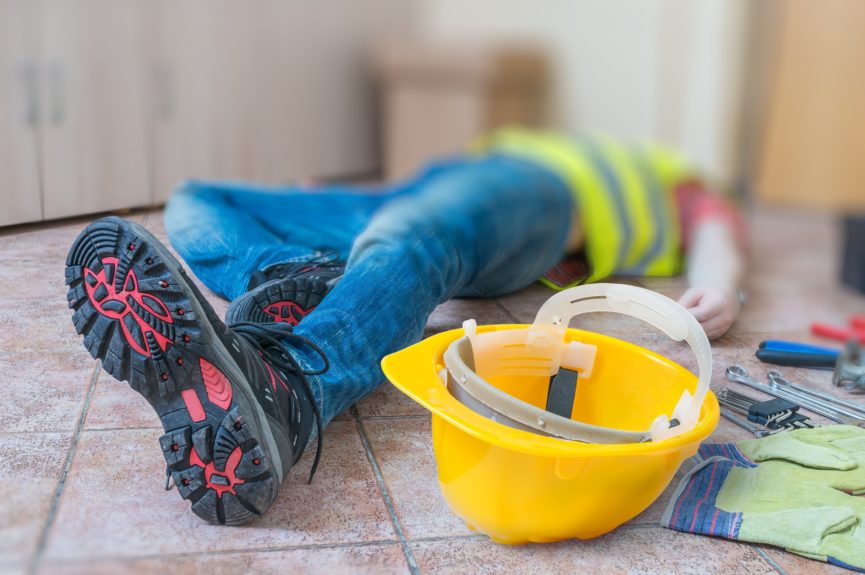Employers are required to provide safe workplaces for employees in every state – there are federal and state laws designed to protect workers.
But how can you protect yourself in the workplace, and more importantly, what should you do if you’re exposed to unsafe conditions at work?
How to Protect Yourself From Unsafe Working Conditions
Before you can protect yourself from unsafe working conditions, you need to know what your employer is supposed to do to keep you safe. Thanks to the Occupational Safety and Health Act – a federal law – your employer must keep the workplace free from dangerous conditions that can cause illness, injury or death.
About OSHA
The Occupational Safety and Health Administration enforces the Occupational Safety and Health Act. OSHA also establishes across-the-board safety standards that apply to private employers conducting business through interstate commerce (which includes using the U.S. Postal Service or making telephone calls to other states).
What Your Employer Must Protect You From in the Workplace
Your employer must keep you safe from:
- Accidents, to the extent possible through safety measures
- One-time injuries
- Hazards that could cause serious injury or death
- Illnesses that can be contracted through unsafe health conditions
These include:
- Ergonomic hazards related to the way your job puts a strain on your body
- Chemical hazards related to any type of chemical preparation in the workplace
- Biological hazards related to working with people, plants or animals
What to Do if You See a Safety Hazard
California’s Cal/OSHA Enforcement Branch is responsible for investigating workplace hazards, serious violations, and reports of accidents that involve serious injury or death.
If you spot a safety hazard, bring it to your employer’s attention immediately. If your employer doesn’t fix the issue, you may need to file a report with the Cal/OSHA Enforcement Branch.
You may also have the right to refuse to work until your employer fixes the issue, or until it investigates and finds that there is no imminent danger. Every case is different, though, so before you refuse to work, you may want to talk to an unsafe working conditions lawyer in Glendale or L.A. who understands the law and how it applies in your situation.
Examples of Safety Hazards
Unsafe working conditions are everywhere, but it’s your employer’s responsibility to minimize your risk while you’re on the job. Some examples of workplace safety hazards include:
- Improper lifting
- Mislabeling (or failing to label) chemicals
- Operating machinery outside its intended use, or at unsafe speeds, or without proper precautions and safety gear
- Using tools or equipment in unsafe ways
- Overloading materials
- Smoking in unauthorized areas
What if You’re Injured on the Job?
If you’re injured on the job because your employer failed to take the proper precautions or enforce safety standards, you may be entitled to damages.
Your first step is to get in touch with an employment lawyer in Glendale who can evaluate your case and give you legal advice based on your situation.
Call us at 818-617-9713 or toll-free at 800-774-4163 for a free case evaluation now. We may be able to help you get the compensation you deserve.




